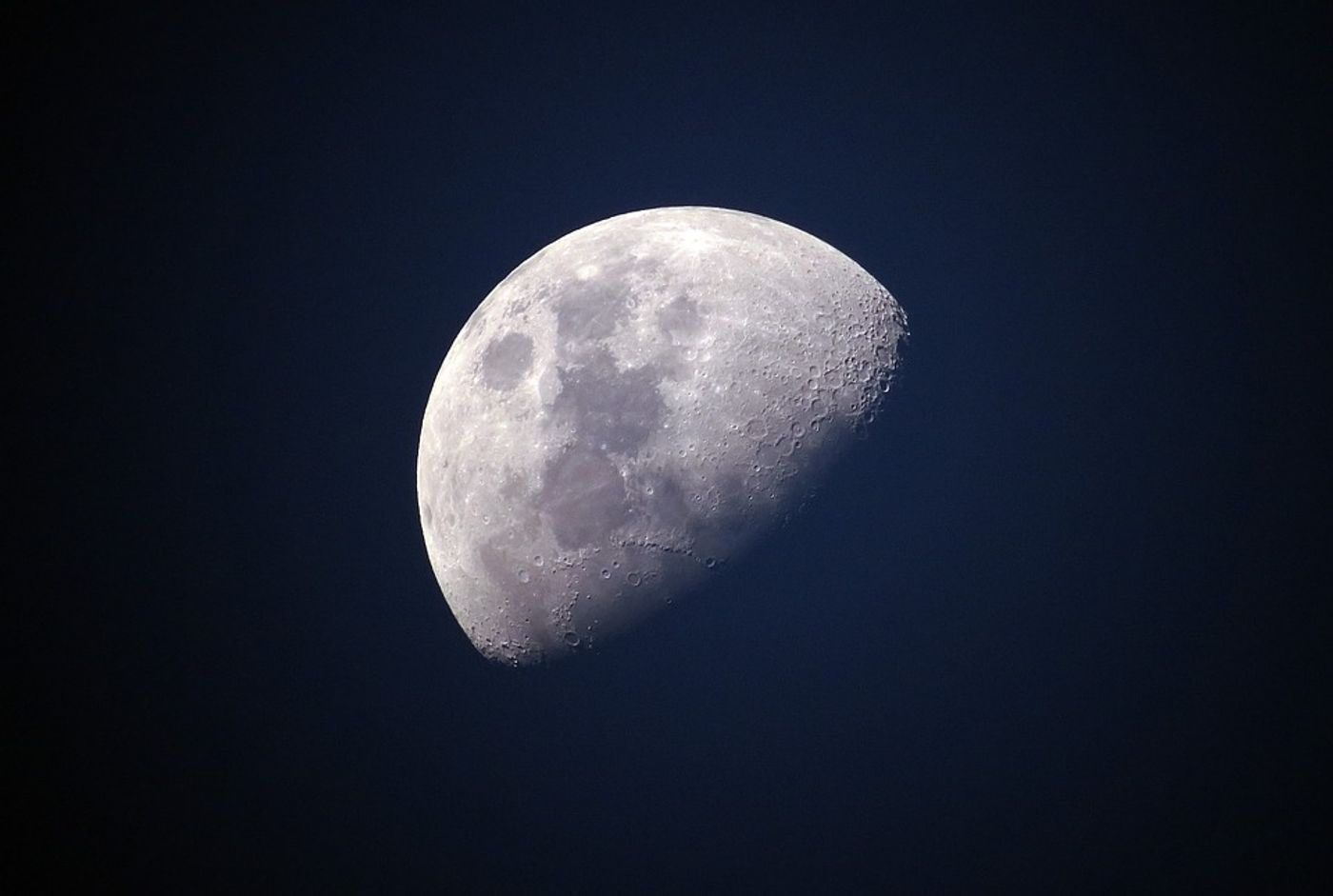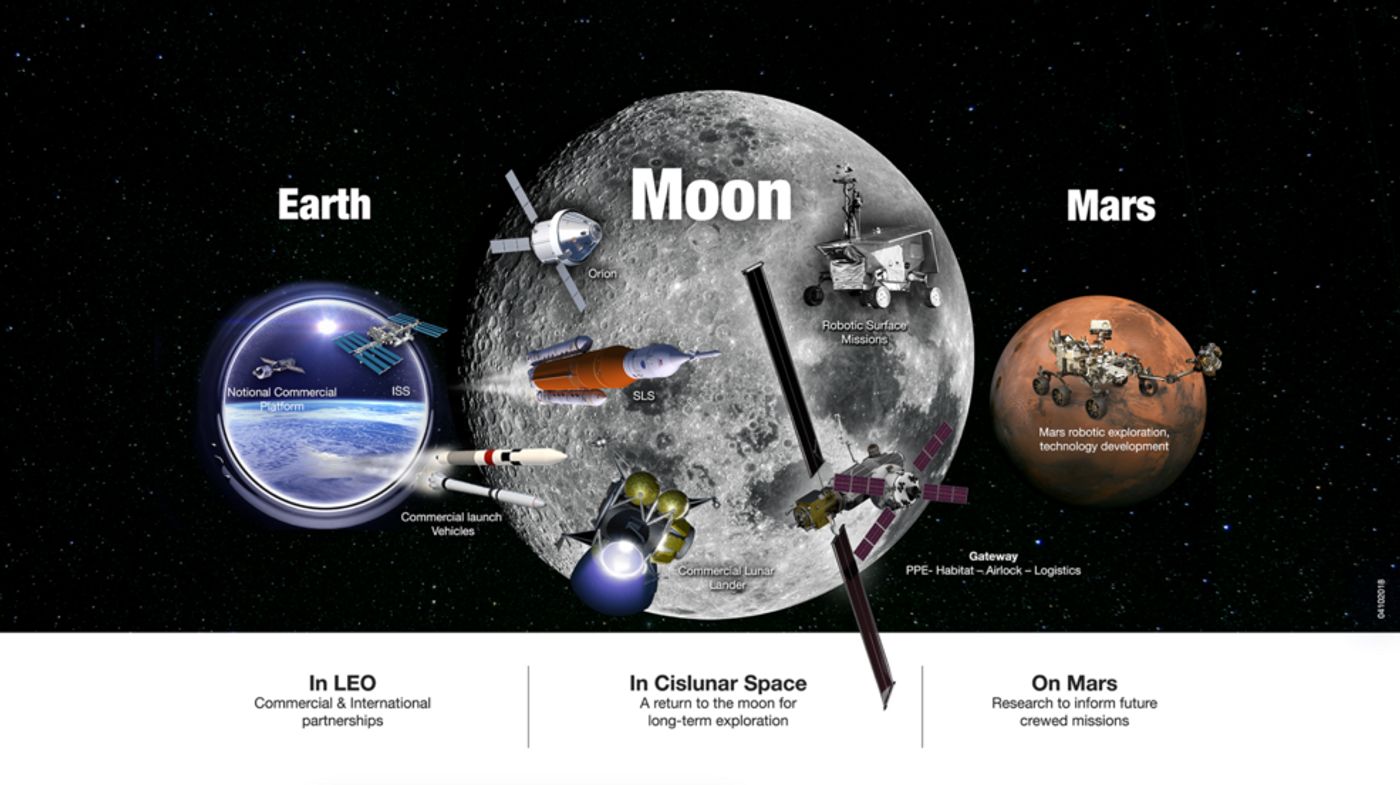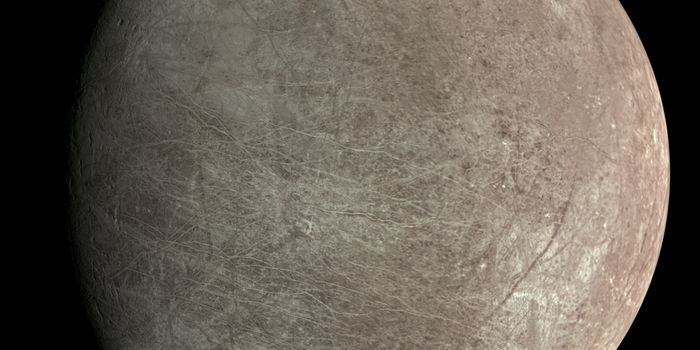NASA Unveils Official Plans to Return to the Moon
NASA hasn’t sent any of its astronauts to the lunar surface for scientific exploration since the Apollo 17 mission launched from Earth’s surface on December 7th, 1972; but that could all change in the very near future.
Image Credit: Pixabay
Fast-forward to today, almost 46 years after the last crewed Apollo mission rose above the Earth’s atmosphere, and the American space agency is announcing new plans to put astronauts on the lunar surface yet again.
NASA announced these plans by way of a public statement on Wednesday, in which the space agency describes its plans to transition away from low-Earth orbit (I.E., the International Space Station) and inch closer toward a Moon-centric future.
As it would seem, NASA wants to kick things off with a Moon-orbiting space lab, one that may perhaps share similarities with the modern Earth-orbiting International Space Station. Astronauts would conduct similar research inside of this Moon-orbiting space lab no later than 2023, and NASA would try to put astronauts on the lunar surface again by the late 2020s.
“This will be the first chance for the majority of people alive today to witness a Moon landing – a moment when, in awe and wonder, the world holds its breath,” the NASA statement said. “However, America will not stop there.”
Image Credit: NASA
The Moon-orbiting space lab, which NASA refers to as a “Gateway,” would serve as much more than just an International Space Station replacement, however. Instead, it would become the first step toward a multi-checkpoint deep space transit infrastructure.
“The Gateway also will be assessed as a platform for the assembly of payloads and systems; a reusable command module for lunar vicinity and surface exploration; and a way station for the development of refueling depots, servicing platforms, and a sample return facility,” the space agency wrote.
Related: International Space Station astronauts repair an air leak in the Earth-orbiting space lab
The statement also reveals how many components for this so-called “Gateway” are already under construction, and how NASA will assemble it in space just like the original International Space Station. They’ll be ferried into space with NASA’s Orion spacecraft and Space Launch System (SLS) rocket, in addition to space vehicles from commercial vendors such as SpaceX.
But what about Mars? Doesn’t NASA still have the same ambitions to send astronauts to the red planet for scientific research? Absolutely!
According to NASA, revisiting the lunar surface and establishing the Gateway to deep space is a vital first step in solidifying future missions to Mars. Admittedly, however, these missions probably won’t happen as soon as initially anticipated as challenges remain.
“The first human landing on Mars – audacious in its complexity – will be an achievement recalled with awe far into humanity’s future,” NASA explained.
“Key components of the Exploration Campaign already are underway and include long-duration human spaceflight on the space station, development of advanced life support systems, and continuing to lead and advance the world in deep space science missions.”
Related: Russia wants to build a lunar base by the 2030's
In the midst of NASA prepping its Gateway and putting astronauts on the Moon to better understand the mechanisms behind deep space missions, the space agency will continue to rely on robotic missions to Mars, including that of the InSight mission and the Mars 2020 rover.
Given the complexities of getting human astronauts to Mars safely, taking these baby steps toward a brighter future filled with deep space missions is a great and very wise idea. It should be interesting to see everything come together in the future.
Source: NASA










